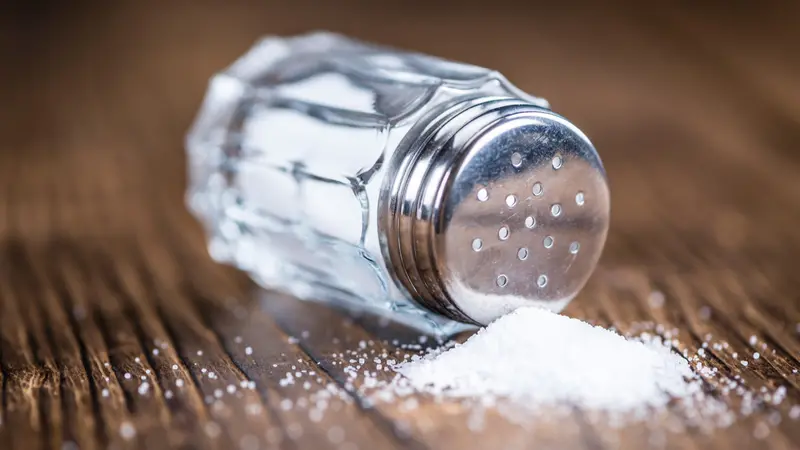

Chronic Conditions and Diseases

Chronic Conditions and Diseases
US Aims to Reduce Food Sodium Levels
The US Food and Drug Administration (FDA) has released new voluntary sodium reduction targets for the US food industry. An article in JAMA Network called it “one of the most important public health interventions in a generation.” The short-term targets, published in October 2021, call for reductions in sodium across 160 categories of food over the next two and a half years.
Elevated sodium levels are a key contributor to high blood pressure, or hypertension, which affects more than 100 million adults in the US. Hypertension is associated with several chronic health conditions including heart disease and stroke, the number-one and number-three causes of death, respectively; vision impairment; cognitive decline; sexual dysfunction; complications in pregnancy; and kidney disease. In economic terms, hypertension is estimated to cost $131 to $198 billion per year, and the cost is projected to increase to more than $220 billion by 2035.
Even if the industry meets the new FDA target of 3000 mg per day, Americans will still be consuming more than the recommended daily amount of sodium. The National Academies of Sciences, Engineering, and Medicine established a recommended limit of 2300 mg per day of sodium for adults and children 14 years and older. However, Americans aged one year and older currently intake an estimated 3400 mg per day, approximately 50% more than recommended. More than 90% of Americans exceed the recommend limits.
The obvious question is why not set targets in line with the accepted recommended limits and make them mandatory? The answer is complicated.
First, it is important to understand that more than 70% of sodium consumption comes from commercially processed, packaged, and prepared foods, including those prepared away from home (e.g., restaurant meals). Only 11% of sodium is added at home in cooking or from the saltshaker on the table. So, for most people, reducing the salt used at home is just a small part of the sodium equation.
The FDA’s recommendations recognize the importance of sodium in the food production process. Not only does it enhance flavor, but sodium is also important to the development of food texture, fermentation, color development, and antimicrobial properties. Reformulation of foods to reduced sodium content is far more complex than simply adding less sodium. The voluntary sodium target was set to allow time for product reformulation, give consumers a chance to adjust to lower levels of saltiness in their foods, and to avoid greatly reduced shelf lives or other undesirable product outcomes. One of those undesirable outcomes would be reformulations that negatively affect the nutritional quality of the food such as increasing added sugars or saturated fat content.
The FDA recognized that the public health efforts over the past 40 years, which consisted principally of education initiatives, have not been effective in reducing sodium intake in the US. The FDA also noted that almost 60 other countries have acted to reduce population-level sodium in the food supply and the majority of those implemented voluntary sodium reduction targets.
The FDA’s efforts are being made in concert with other federal agencies working to reduce sodium levels in food, such as the US Department of Agriculture’s efforts to provide healthy, tasty, lower-sodium school meals.
Although meeting the new FDA targets would put Americans above the recommended sodium limit, even modest improvements could significantly reduce hypertension and related diseases and deaths, as well as result in significant cost savings.
REFERENCES
Center for Food Safety and Applied Nutrition. (2021, October). Voluntary sodium reduction goals: Target mean and upper bound concentrations for sodium in commercially processed, packaged, and prepared foods: Guidance for industry. US Department of Health and Human Services, Food and Drug Administration. https://www.fda.gov/media/98264/download
Mayne, S. T., McKinnon, R. A., & Woodcock, J. (2021, October 13). Reducing sodium intake in the US: Healthier lives, healthier future. JAMA Network. https://jamanetwork.com/journals/jama/fullarticle/2785289?


 By
By







